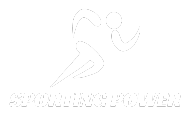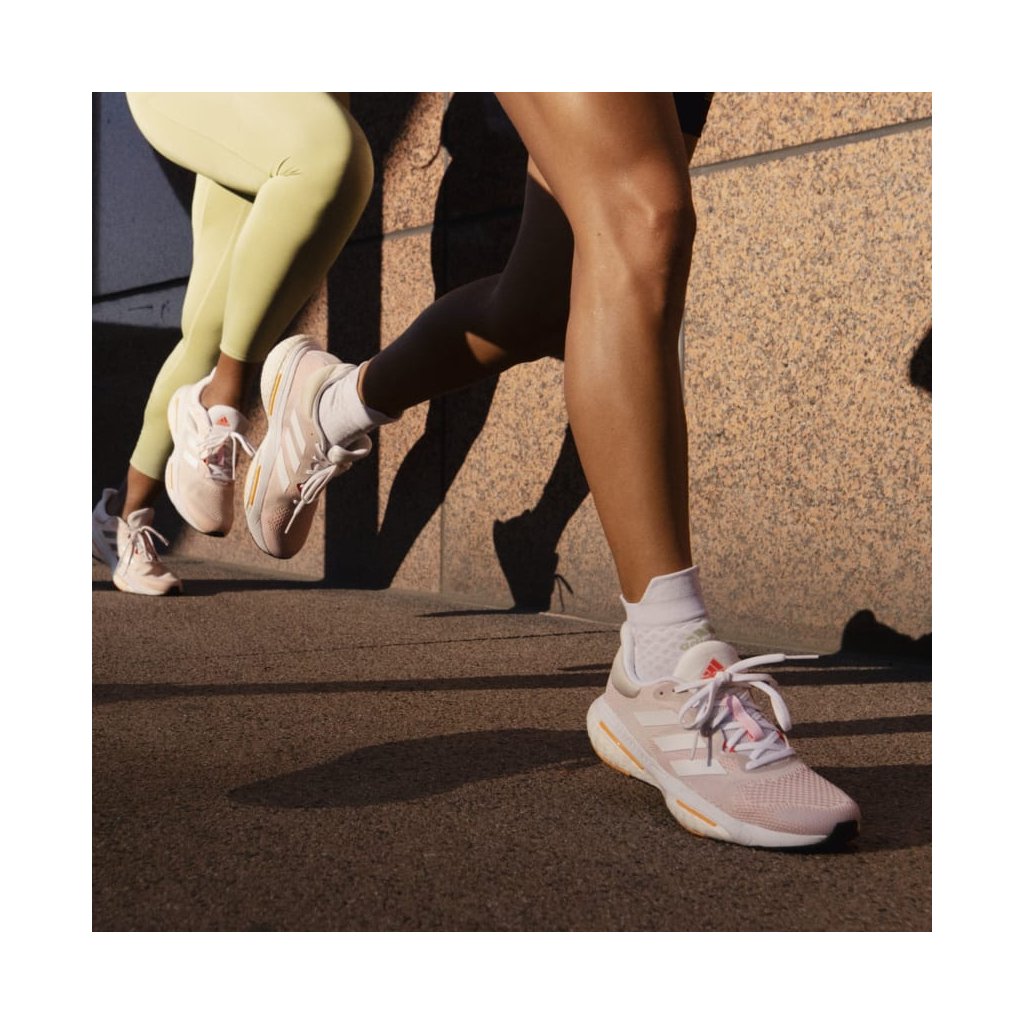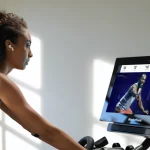It’s easy to stay motivated by setting goals for your running, whether that is your first 10K or half-marathon, or a new personal best. The success you will experience when you reach your goal is even sweeter after all the time and effort that was put into training.
When training for a marathon, women face similar challenges to men. However, there are a few key differences which often do not get the attention that they deserve. Menstrual cycles are one of them. You may have heard about and even tried to sync your workouts with the menstrual cycles. This half-marathon training plan allows you to adjust your strength and running training according to your changing energy levels.
Here are some tips you should keep in mind both before and after the half-marathon.
Not quite ready for 21K?
Why not start with a 10K if you aren’t quite ready for a full marathon? There’s also a 10K training program for women, which can be tailored to suit your energy levels based on the phases of your menstrual cycle.
Here you can download the 10K training plan that is adaptable for women runners.
Download
Twelve tips for half-marathon preparation
- Prepare yourself before you start.
It’s best to start training 11 weeks prior to the race. A clear plan is also important. You can get the best results from your training by adapting it to your energy levels and menstrual cycle.
Download the Half Marathon Training Plan:
Download
- Pace yourself
Do not get distracted by what other people are doing or how fast they run. Establish and maintain your race pace in training. You do not want to burnout early, not during training or when you race. - It is important to taper.
You will not improve your performance by running more in the days before the race. Your muscles need to rest as well before the race. Never forget to reduce your mileage before a race. - Stay hydrated
Wear a hydration vest or carry a small water bottle when you run. If you use a hydration band, make sure you wear it not only on race day but also during training. You can drink 200 ml about every 20 minutes. It helps with the blood circulation and cell function.
How much water do you need?
Calculate how much water to drink with the Water Intake Calculator.
- Proper Clothing
Never try something new the day before a race. Wear what you trained in. Choose your running shoes ahead of time, dress lighter than the temperature, and try compression leggings, knee-highs, or tights while you are training. These will prevent your legs from swollen and help to keep them vein-free. Wear compression legwear for running sessions longer than 5K.
TIP:
When lying on your stomach, it is easiest to wear compression socks.
- Sun protection is important
Sunscreen, cap and sunglasses! Use sport sunscreen that has a minimum SPF of 30. Apply sunscreen 10-15 minutes in advance at home. Don’t forget! Your skin will be protected from premature ageing, pigment changes and early ageing by using sunscreen. - Start number holder
It’s also very convenient to be able attach your number to your hips or waist. It will always be visible for the race photographers and the fans who are cheering you on (they can read your name, so they’ll support you). After the race, it’s easier to locate your photos if you can see the number. It’s also safer than pining the number on your T-shirt. - Small running belts
They can be very useful, but you should train with them before you wear them during your race. You can use them as a belt to carry your phone, extra hair bands and even a snack. - Consider your head
If your hair is long enough, you can braid it or put it in a ponytail. It is important to choose a hairstyle which will keep your hair off your face, and not come loose. Use a headband that absorbs sweat to keep your hair away from your face. - Talk Test
Talking while you run will help you maintain a steady pace for the half-marathon. You can make it to your half-marathon finish line if you are able to talk without gasping and your heart rate is not too high. - It takes longer to walk
Remember that if you are dying to walk that it is not a stroll, but a race. Distance equals time. Walking will not change the distance, but it will increase your time and fatigue. You’re ready to get it done! - Consider race nutrition
You should test the same flavors and brands on long runs prior to the race. Not everyone’s stomach can tolerate these gels. You should know what to eat and when during the race. Train your stomach by eating at certain times.
Takeaway
You will be ready to race in no time with these tips. Women runners will benefit greatly from adjusting their training to their changing energy levels throughout their menstrual cycle. Enjoy your next race, train well, listen carefully to your body and, most importantly, have fun!







